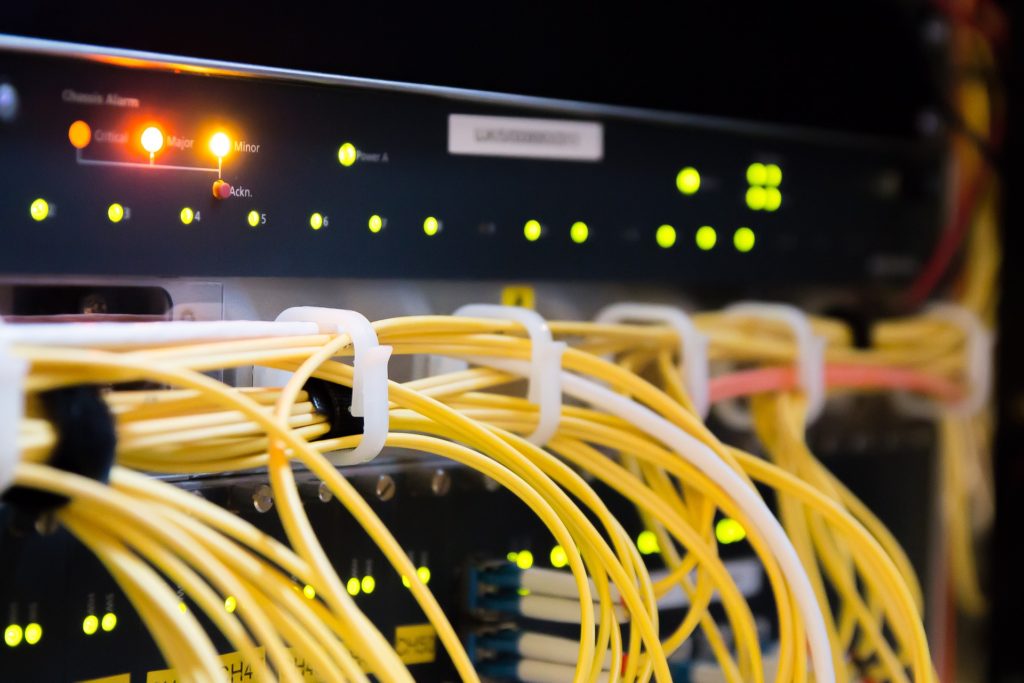Smart Home: Structure & Infrastructure
by George McKechnie
STRUCTURE. How cost-effective is it to add or update smart home features to an existing home depends to a significant degree on how the home is constructed. For a single-level home built with a crawl space below and accessible attic above, easy wiring pathways mean that installation costs can be relatively low. A multi-story home on the other hand, with a finished basement and volume ceilings on the top floor, makes rewiring from below or above much more challenging and expensive—as it may require running conduit or bare wires on the outside of the home, plus removing and repairing sheetrock, plus repainting.
The structure of a home can also determine how easily and seamlessly wireless coverage can be achieved. Steel structural beams, metal studs, and steel sheathing under plaster can interfere with the Wi-Fi signal, and limit range dramatically. And modern exterior stucco siding (applied over metal stucco wire) can totally prevent a Wi-Fi network inside the home from reaching the laptop or tablet you’d like to use on the patio—and from cell-phone signals reaching your phone inside.
So a home’s structure matters a lot, and must be taken into account as you consider any smart home plans. But the issues are relatively straightforward:
- do I want to locate a wired component or system in a location that is not already correctly prewired for it; and—if not
- what is the most cost-effective means for getting the correct wiring, or Wi-Fi to that location?
INFRASTRUCTURE. These issues tend to be more complex. They concern the specific low-voltage wiring and/or Wi-Fi network support that is needed to deliver signals to such devices as computers, TVs, music systems, and all of the other smart home devices that provide entertainment, security, and energy management.
On the wired side, this infrastructure includes cabling within the home: from the point of entry (POE), to modems, computers, printers, TVs, video streaming devices (like Roku or Apple TV), audio speakers, thermostats, door bells, etc. It also includes wiring to the home’s (POE) that delivers Cable or Satellite TV signals, plus phone and broadband service. Specific concerns include: is the wiring up-to-date; is it undamaged; and is it run from and to exactly the right locations. Here are some most important wired infrastructure issues:
Wiring Patterns. Until a decade or two ago, components were often wired daisy-chain style: from the source (typically the POE) to one peripheral, then the next, etc. Phones, for example, were wired from the home entry point to the first phone, and from there to the second phone, and so on. It was wired this way because all phones shared access to the entry phone line, and because using more than one phone at a time (to listen in) would not disrupt the analog phone system (although it might compromise privacy).
In today’s digital world, each phone, TV, computer outlet, etc., is typically home run: wired directly back to the home entry point (or distribution panel located nearby). Daisy chain wiring won’t work.
Wiring Standards. Most of today’s digital equipment will not perform optimally—or work at all— using the wiring types that were standard (and the only choice available) a decade or two ago:
- Cable/Satellite TV boxes now require RG/6 coax wiring; they will not work reliably on the now-obsolete RG/5.9 cable type.
- “Standard phone wire” was replaced decades ago with CAT-5—in part, because the phone wiring in the house is now often also used for broadband internet service. And to complicate things even further, CAT-5 is now being replaced by the higher speed CAT-6 or CAT-6A, which may soon be replaced by fiber optic CAT-8 (especially in applications requiring the highest performance and/or long distance runs).
- Speaker wiring hasn’t changed much: 16 gauge/2 conductor (16/2) is still typically run to each speaker, for runs up about 80 feet. Beyond that distance, improved sound can be achieved by doubling up to 16/4 per speaker, and pairing the conductors. For high-performance audiophile speakers, more sophisticated wiring types are recommended.
- Electronic devices called Balun Sets are now available to convert some cable types to alternate uses. For example, an unused RG/6 cable that’s already in the right place may be converted to a CAT-5 by installing a balun at each end. Likewise, either of these cable types can be used to transport an HDMI TV signal by using a specialized balun set.
Wiring Condition. All of the above low-voltage cables are fragile, when compared to the wire types used to deliver 120 volts throughout the home. They are vulnerable to damage from water and weather, rodents and insects, and physical abuse. In a retrofit situation, it is a good idea to have a low-voltage expert inspect and document the type, wiring pattern, and condition of the infrastructure cabling already in place, before finalizing plans to upgrade or add to smart home features.
Next time, we will look more closely at the Wireless Infrastructure: the modems, routers, multi-switches, and wireless access points needed to provide seamless and reliable operation comprehensive Wi-Fi coverage.
Copyright 2018 Sync My Home, Inc.


